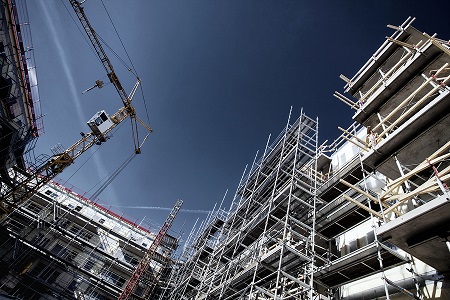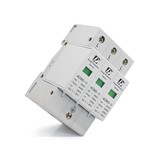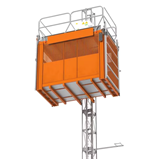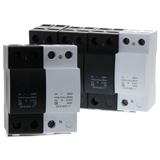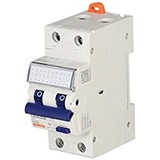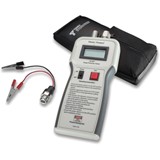The Australian Industry Group/Housing Industry Association Australian Performance of Construction Index (Australian PCI) fell 5.7 points to 53.4 (index readings above 50 points indicate an expansion in activity, with the distance from 50 indicative of the strength of the expansion).
The slower pace of growth was evident in the activity (down 3.0 points to 54.1), new orders (down 4.7 points to 52.5) and deliveries from suppliers (down 1.9 points to 59.0) sub-indexes, and led to a marked easing in employment growth during the month (down 12.3 points to 50.5).
Across the major industry sectors residential building continued to exhibit strength. Apartment building activity expanded solidly (unchanged at 60.4 points) and house building activity was again robust, despite an easing in growth (down 4.4 points to 57.3). Commercial construction grew at a slower rate (down 6.6 points to 51.8), while engineering construction activity contracted for a fourth consecutive month (down 1.9 points to 46.4).
"With further growth in October, residential and commercial construction continued to lead the rebalancing of the economy away from the emphasis on mining investment that has been such a feature of domestic economic activity in recent years," Ai Group Director – Public Policy, Peter Burn, said.
"However, the outlook slipped a notch or two last month with the pace of growth in activity and new orders easing in the residential and commercial construction sub-sectors and declining further in engineering construction.
"With official data showing housing loan approvals flat, construction businesses appear to have wound back the exuberance of recent months with only a marginal lift in employment levels in October."
HIA Chief Economist Harley Dale said: "While the rate of expansion in the Australian PCI slowed in October 2014, this latest update is still a healthy one for Australia's construction industry.
"Three of the four construction sectors – engineering being the predictable exception – registered expansionary readings.
"With a general economic discourse seemingly focussed on negative news, recent PCI results remain a breath of fresh air.
"It seems the case, however, that the activity and new orders indices for both detached houses and apartments are consistent with the maintenance of elevated levels of residential building approvals, rather than further growth."
Australian PCI – Key Findings for October:
- The Ai Group/HIA Australian Performance of Construction Index (Australian PCI) expanded for a fifth consecutive month in October, despite falling by 5.7 points from September's record high to 53.4.
- The construction activity (down 3.0 points to 54.1), new orders (down 4.7 points to 52.5) and deliveries from suppliers (down 1.9 points to 59.0) sub-indexes all reflected the slower pace of growth across the sector.
- Across the sub-sectors: house building was again robust, if at a slower rate of growth (down 4.4 points to 57.3); apartment building was broadly unchanged and solid at 60.4 points; and commercial construction expanded for a fourth consecutive month, but at a slower rate (down 6.6 points to 51.8). Engineering construction contracted again, at a slightly steeper rate than September (down 1.9 points to 46.4).
- Construction employment expanded for a fourth consecutive month, but eased markedly from September's nine-year high (down 12.3 points to 50.5).
- Pressures on profit margins remain strong: growth in the wages sub-index continued in October (down 4.8 points to 58.6); input costs were broadly unchanged at 72.5 points; and selling prices increased slightly to 51.2 points.

